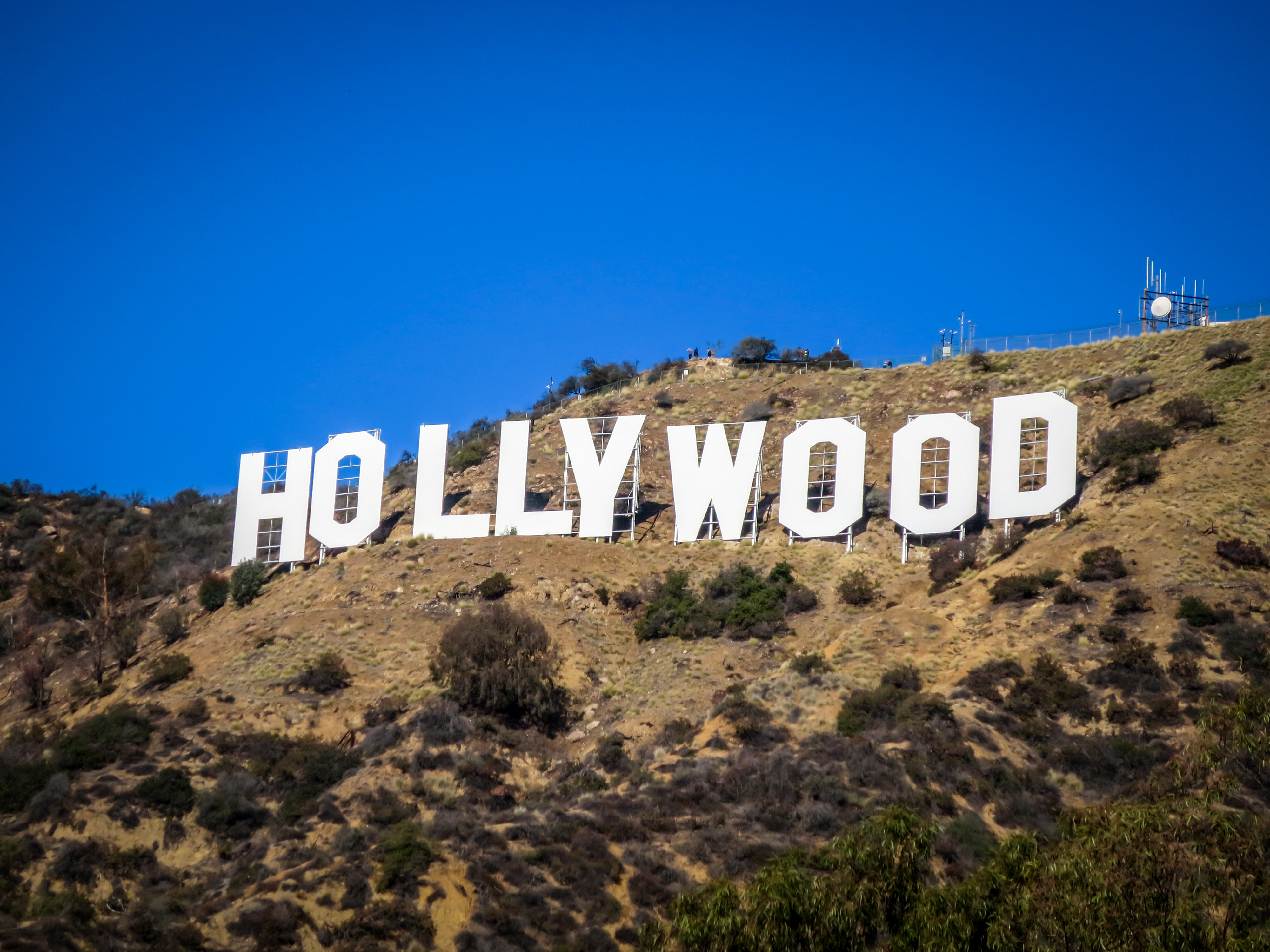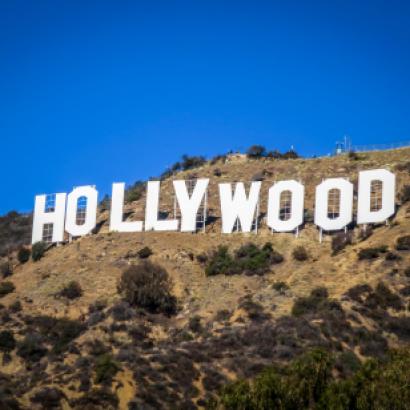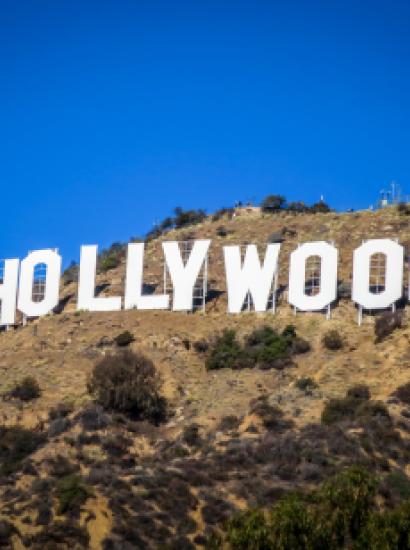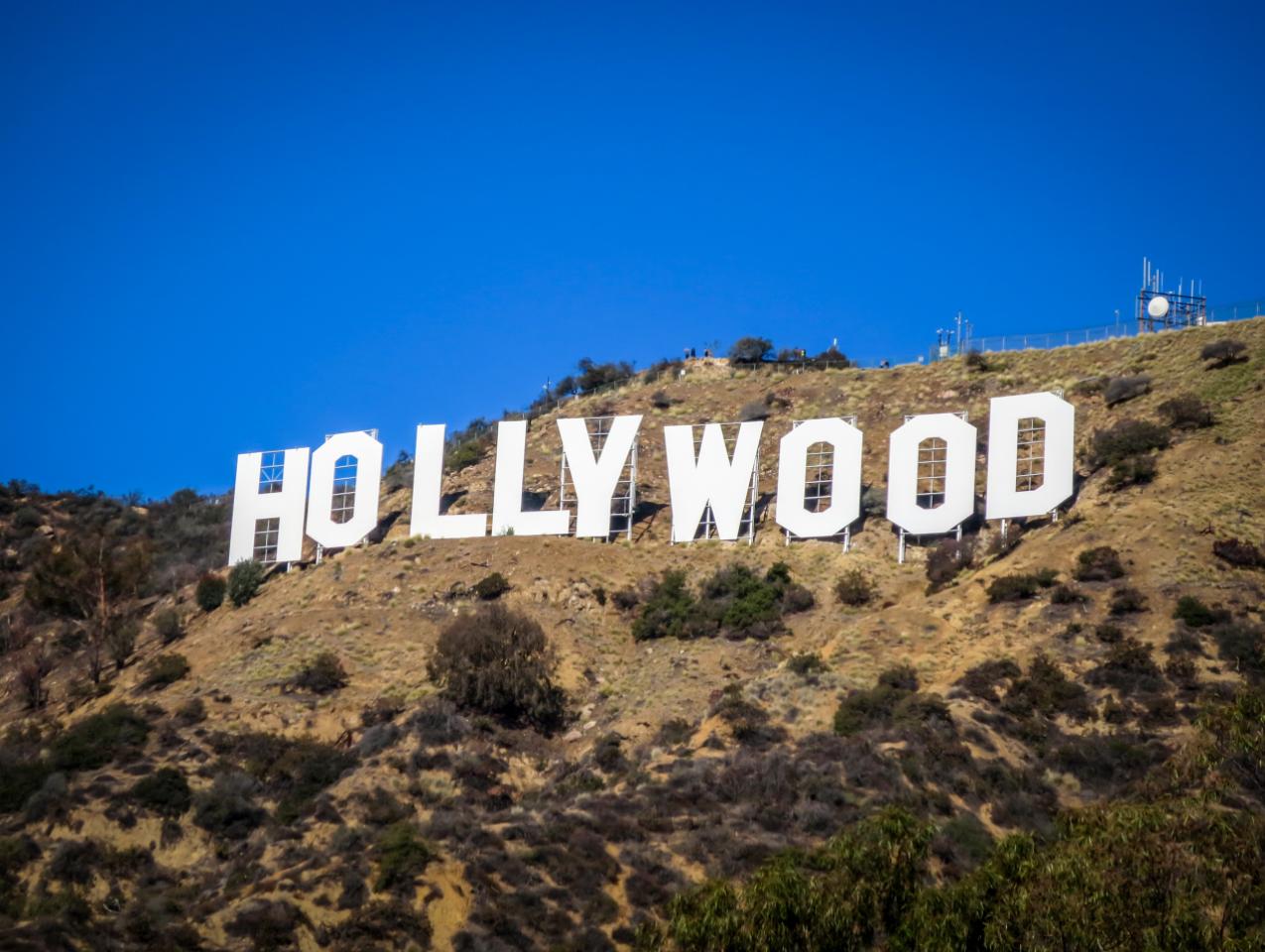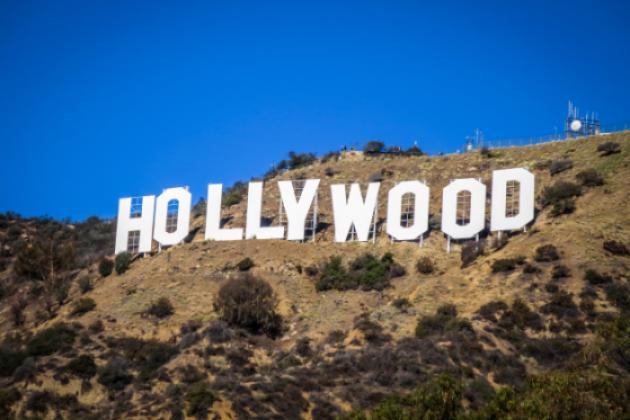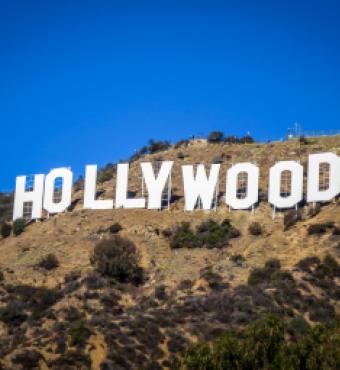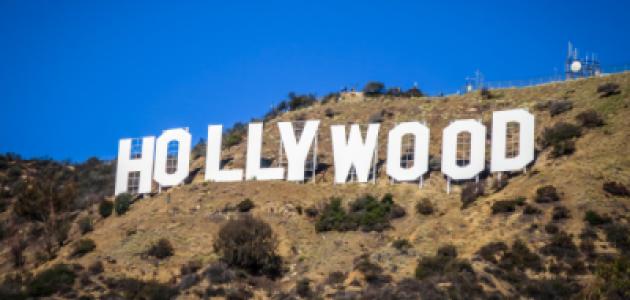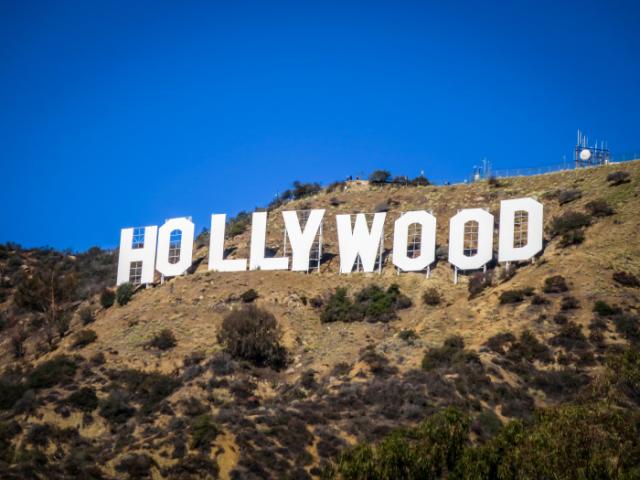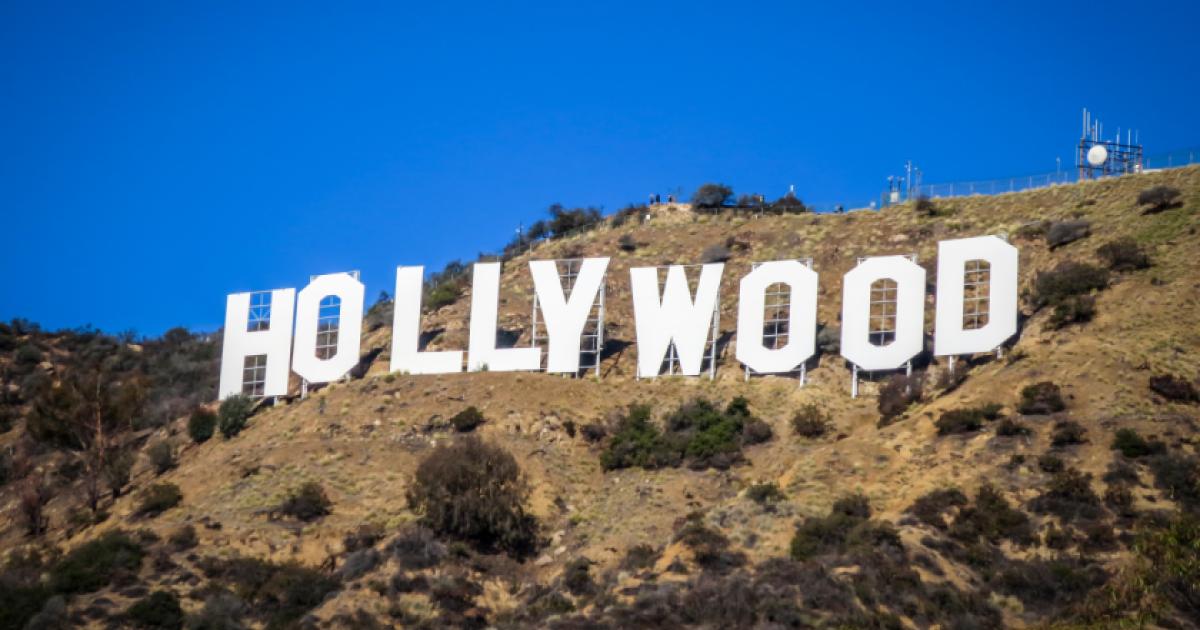- Politics, Institutions, and Public Opinion
- State & Local
- California
One way to view California is through a television lens.
Those late-stage Boomers weaned on the small screen (present company included) can recall a faraway land of sunny West Coast skies, swaying palms, and suburban split-level homes of questionable décor—the real-life Brady Bunch house in Studio City a good example (it’s second only to the White House as America’s most photographed residence).
Other video albums of California that come to mind?
The late 1980s saw the debut of L.A. Law (remember the Golden State license plate as the car trunk slams shut in the opening credits?). The last decade gave us HBO’s Silicon Valley and a tongue-in-cheek look at the start-up culture.
And if I were filming a show that captured the California of the present moment (in Los Angeles, some productions are back in studio, under enhanced safety protocols, while more shows are planning to start shooting in September)?
I’d take a film crew over to the Hollywood Hills home of TikTok influencer Bryce Hall to chronicle a story that constitutes so many things that are troublesome about the 2020 California existence (I’m not going to bother with TikTok’s vapid content contributing to the continued dumbing-down of America; its alleged suppression of content from disabled, queer, and overweight creators; or the fear that it’s a front for data-gathering and espionage).
Let’s start with the star of the show, Mr. Hall.
He’s a social media “influencer”—with 13.2 million TikTok followers; 2.75 million YouTube subscribers—who turned 21 earlier this month (more on that in a moment).
Mr. Hall resides in what’s called Sway House—a “content group” that profits from . . . well, just being visible. Which means: parties, dabbling with the opposite sex, sporting brand labels and otherwise making sinfully easy money (reportedly, $3,000 per sponsored TikTok video) for doing nothing other than giving the world a fishbowl at which to vacantly stare amidst COVID-19 ennui.
The problem: as has been the case since the advent of the internet, California remains a showcase for nothingness and emptiness (at least Kim Kardashian discovered the cause of prison reform).
Our second problem: California childishness, in the part of young adults, amidst a pandemic.
Last week, the lights went out in Mr. Hall’s house—resulting from not a rolling blackout but a decision by Los Angeles mayor Eric Garcetti to cut off the juice to the rental home after the social media influencer violated the city’s COVID regulations by repeatedly holding massive parties, including one to celebrate his milestone birthday (the straw that the broke the camel’s back: 100 guests neither donning masks nor practicing social distancing, entertained by 20 strippers, following by a 4 a.m. visit by unamused police).
Tempting as it to portray the mayor as a real-life Dean Wormer (“no more fun of any kind”), the law is the law. And younger adults aren’t helping matters by leading lives that flaunt health precautions. At last glance, Californians ages 18–34—just one-fourth of the state’s population—account for one-third of reported COVID cases. By contrast, those Californians ages 18 and under—they’re 22.1% of the statewide population—constitute less than 10% of California’s 650,000 reported COVID cases.
The point: beating the pandemic requires adult behavior. And those Californians old enough to vote but not yet eligible to serve as president are in need of adult supervision.
Then again, the same could be said of California state and local government.
Which gets to our second problem: in California, the elected class is failing its constituents.
Take the example of Mayor Garcetti.
While Los Angeles County’s COVID hospitalizations last week reached their lowest level since April, California’s largest city is anything but out of the woods. Protestors last week surrounded City Hall demanding rent relief. Meanwhile, the county’s homeless population for now seems to have avoided a COVID catastrophe. However, that eyesore is still on the rise: homelessness in LA County is up nearly 13% from last year (the third time in four years that it has increased), to a stadium-like population of 66,000-plus struggling souls.
Such a tragedy calls for commitment. Which makes one wonder why the mayor moonlighted as a member of the Biden vice presidential search committee (if Biden wins, it won’t take long for speculation about a Garcetti move to Washington—the beleaguered mayor maybe being the one floating the trial balloon).
Then again, could you blame Garcetti for heading east? To hold office in Los Angeles (and Sacramento, as Gov. Gavin Newsom’s discovered) is to revisit Rodney Dangerfield’s line about respect—or a lack thereof).
Following Garcetti’s order to cut off the power at the TikTok house, reporters tracked down Michael Hollywood, a businessman who happened to be at the party (his line of work: providing strippers and dwarves to LA parties). Mr. Hollywood’s assessment of the situation: “In America, we are a free country, so isn’t disconnecting someone’s utilities going down the road to communism?”
OK, so he’s not in a position of moral authority. But what should concern Garcetti and others who live and die by public opinion are these words courtesy of podcaster Joe Rogan: “Who the f— are they to tell you that you can’t have a party. You have mismanaged this crisis so horribly at every step of the way.”
Earlier this month, Rogan relocated his studio from Los Angeles to Austin, Texas. What he leaves behind in California: an audience of listeners (The Joe Rogan Experience sits third on Apple’s podcast ranking).
It may not be the same as Walter Cronkite losing confidence in the Vietnam War. But podcasts like Rogan’s are a direct line to the average Californian—and are especially important given the decline in local newspapers and television.
Perhaps that’s the secret to getting more young Californians to don a mask and maintain a safe distance: rather than shut down the odd TikTok influencer, instead try to win over the new-media influencers who are telling their listeners to give up on government.







